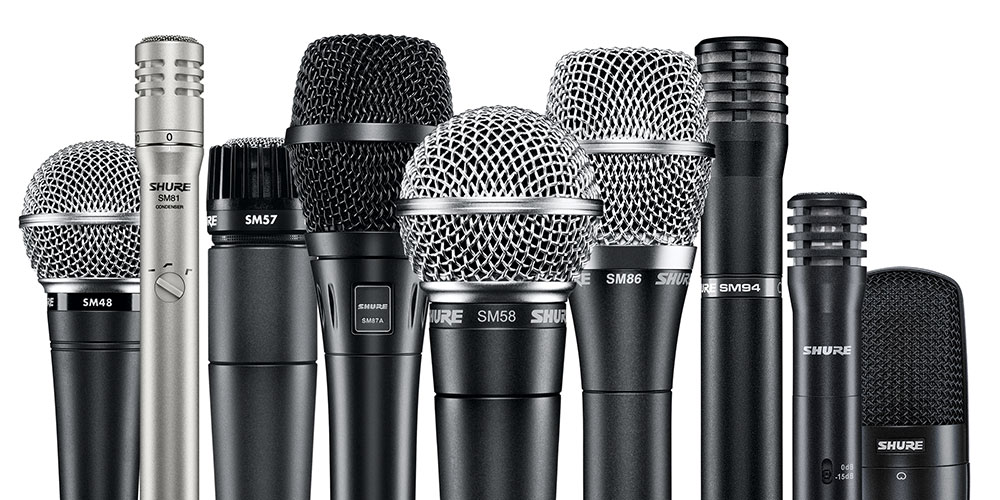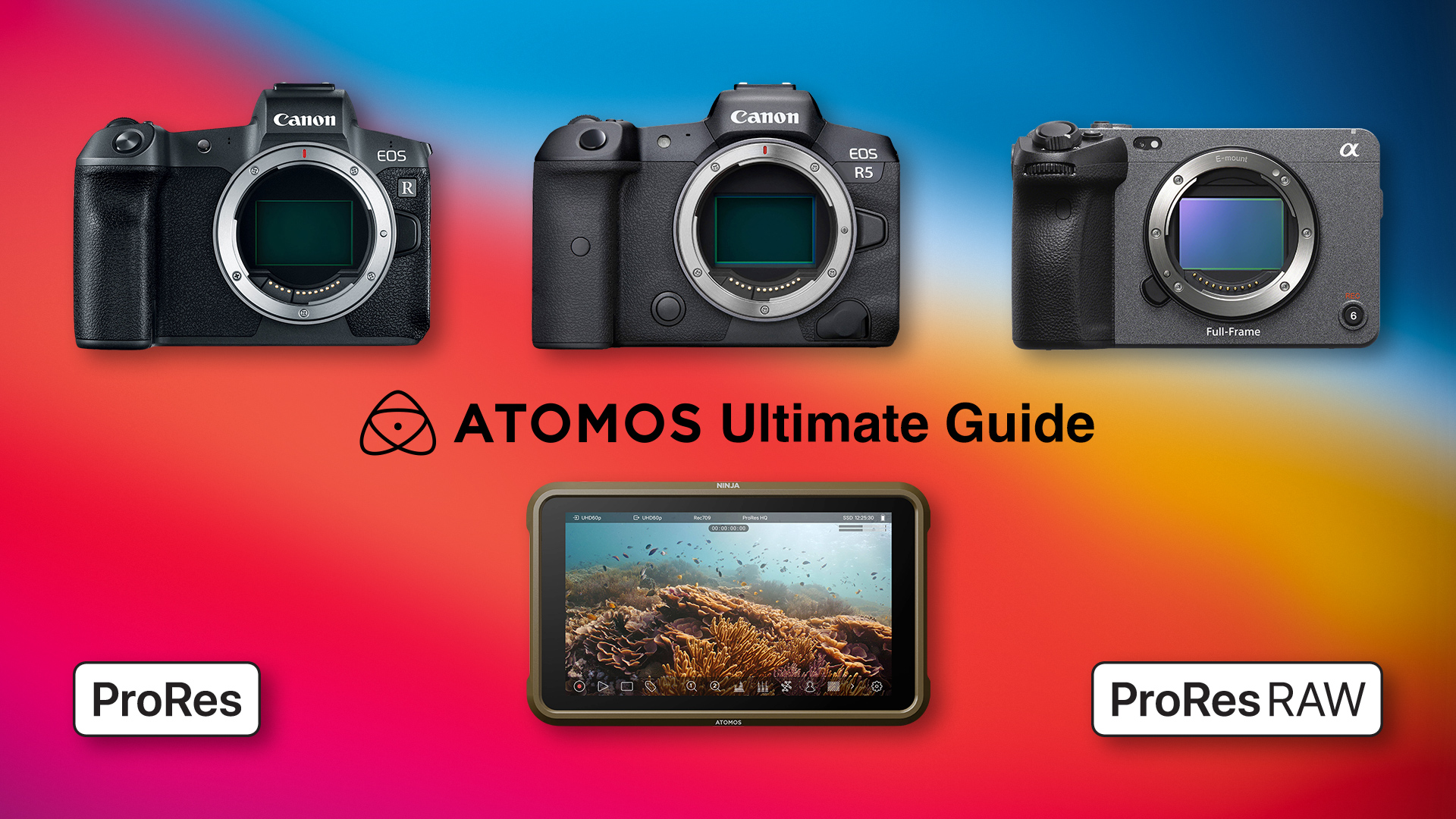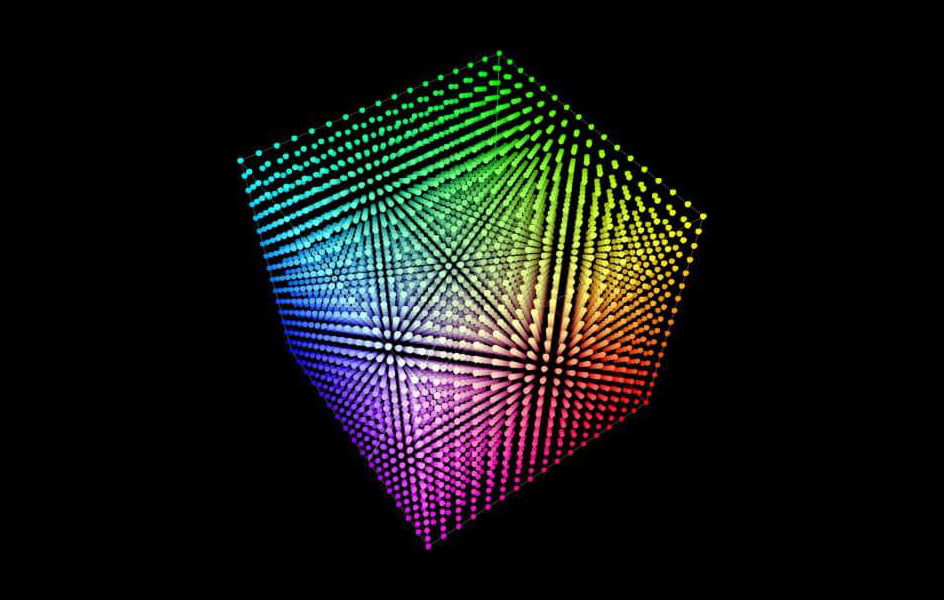Audio for talking head videos
The most important aspects for video, is audio; you could watch a bad quality video with good audio, but not a good quality video with bad audio, but for some reason, most cameras and video products such as the Atomos Ninja V, lack enough information about it, and most reviewers online either forget or don’t stress enough some important aspects of audio.
First of all, I’d like to be clear, I’m not expert in this area, I’m a pragmatic learner, and I’m still in the path to find the best audio production on a tight budget, so take all this advice with a grain of salt. wrote this article so others can benefit, save them the burden.
The most important things I learned
After months of research, reading tons of articles and watching thousands of videos (not exaggerating), here is the list of quite important things you have to consider while producing audio for video:
- Get the microphone as close to the source, this is rule of thumb, the closer the better.
- If you want to hear the room tone, use a capsule-condenser mic, if you want to reduce the room sound, use a dynamic mic, I don’t understand why most reviewers online don’t talk enough about this.
- Do NOT edit your audio using your typical PC audio setup, use an external interface and studio quality headphones, this is mandatory if you want to get better quality.
- The digital audio workstation (DAW) is almost irrelevant, the EQ, and the darn plug-ins are the trick.
Now, let me tell you why this points are important and how I was mislead by the typical noob mistakes.
DO NOT use your typical consumer audio setup
On my endeavor for getting better audio, I watched tons of mic reviews on the wrong way, I was listening all this reviews using my PC speakers, some Logitech Z906 5.1 connected to a cheap USB 5.1 dongle, so some frequencies and clarity was lost because of the dongle. I switched to the digital output to the speakers using a TOSLINK optical cable, the quality improved, but the Logitech Z906 5.1 are consumer level speakers which enhance any audio signal, and I have echo in my room, which disguised all the echo from all the mic reviews I watched, yes, I know, that is a rocky mistake and I’m sharing with you so you don’t make the same mistake, and don’t waste your time with small in-ear headphones like Apple’s EarPods or any other cheap alternatives, you’ll get the same result.
The solution/recommendation: Use an external audio interface like the Focusrite Scarlett Solo 2×2 USB, not only for recording, but for listening, and avoid treating your room by getting some monitor headphones like the Audio-Technica ATH-M40x, which are highly regarded as the best production headphones for the money. I can’t stress enough how better and different the audio experience is, I can now clearly hear the difference in each mic review and even listen to sounds I didn’t notice in some of my favorite songs. Now you can watch any mic review hearing a clear the difference in each video, and you’ll be able to clearly hear your production and room sound.
Most mic reviewers use a treated room for their reviews, from Gerald Undone to Curtis Judd, consider this when listening to their reviews, and listen with the audio interface and monitor headphones, because I made the mistake of listening to Casey Camera Conspiracies video about the Oktava MK-012, and the main difference between his other mic, was the low end boost, the echo is there in both mics, more noticeable with good monitor headphones.
Dynamic vs Condenser mics
The room tone (acústic traits) will be picked up by the mic, specially condenser cardioid and hyper cardioid microphones since they are quite sensitive, so if you want to use condenser mics, you have no option but to treat your room, there is no other work around. If you don’t mind having a microphone in the shot, do NOT use a condenser mic and use a dynamic mic instead, and if you want to save money, do NOT get the Shure SM7B with the Cloudlifter, get the Shure SM57-LC which sounds almost identical and doesn’t need the same amount of gain, and BTW, the Shure SM7B is the same mic most US presidents have used.
Now, if you don’t want to have a huge mic taking 20% of the shoot area, you have two options, use a lavalier lapel mic, something like the Tascam DR-10L which is a recorder with lavalier mic; or a very directional hypercardioid mic like the Sennheiser MKH 416, but in both cases, you’ll have to treat the room with some sound blankets, and if you have the money for the Sennheiser MKH 416, don’t forget to donate to this page 😉
Get closer to the mic
If you’re serious on producing good quality audio, with less noise, I recommend watching this video with simple mic techniques produced by the YouTube channel Podcastage, which I cannot recommend enough, it will teach you things from how to set your mic levels, to the difference between the Shure SM57 vs SM58 vs SM7b (which again, I recommend watching using a good audio interface like the Focusrite Scarlett Solo 2×2 USB and some monitor headphones like the Audio-Technica ATH M40X.)
It is all about EQ, and the plug-ins
I wish most reviewers stress this enough, the digital audio workstation (DAW) is irrelevant, doesn’t matter if is Adobe Audition, Logic Pro, Garage Band, Ableton Live, FL Studio, etc. For talking head videos where you just want one voice to sound good, the trick is in the EQ, and in my experience, most DAWs provide poor parametric equalizers, and there is where the FabFilter Pro-Q 3 EQ Plug-In is the industry standard.
One video that was an eye opener for me was produced by the YouTube channel Colt Capperrune, where he shared his audio setup showing his audio without EQ and his process, listening to the Sennheiser MKH 416 without any EQ and then processed, priceless.
YouTube channel from Lenny B shows how to produce better voice over audio, also using FabFilter plug-ins, and if you want to have a good bundle, take a look into the FabFilter Mastering bundle, or the FabFilter Total Bundle.
If you want to understand how to EQ, I cannot recommend enough Audio University YouTube channel, the “Improve Your Mixes video” and “Identify Frequencies In A Muddy Or Boomy Mix” videos, are gems to understand EQ, and a shutout to Jason Yadlovski channel for bringing this topic to my attention.
And about plug-ins, I wish Alex Knickerbocker reviewed the Accentize DeRoom Pro plug-in he used in this video, comparing various lav mics, it is one of the best de-reverb plug-ins out there that successfully removes echoey sounds with less audio artifacts, I think Alex video in collaboration with Potato Jet showing different mics was good, but again, they didn’t stress enough to listen using some good monitor headphones.
And last but not least, AudioHaze YouTube channel is another gem for mic comparisons, his “Shure SM7B + Cloudlifter Setup Makes No Sense” video, priceless.
In conclusion
If you are serious about improving your sound in your talking head videos:
- Get an audio interface and a good monitor headphones.
- Use the right microphone, dynamic for untreated rooms, condenser for treated ones.
- Get the mic closer, closer, clooooser.
- Learn to EQ, which it’s more an art than a science, but use a good audio interface and a good monitor headphones.
- Use the darn plug-ins instead of the default DAWs tools.
If some software is to pricey, look for coupon codes, here is my Waves link for discounts, and don’t forget, Captain Jack Sparrow always got your back 😜
The sad thing about audio, is that most users wouldn’t notice the difference because most of them will watch your video using some small smartphone speakers, so don’t forget, content is king.
Extra: Watch this excelent guide to EQ the Shure SM75 to match a SM7B


